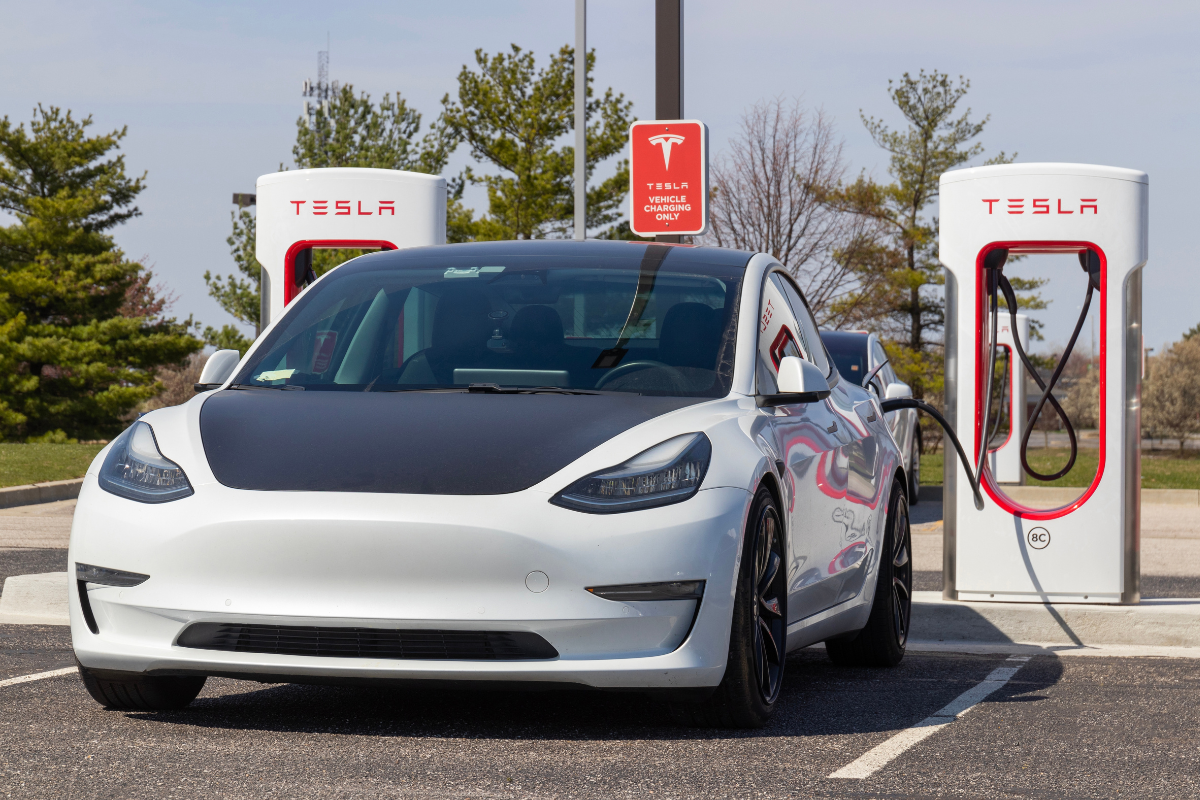
One goal of the cooperative effort is to scale up ACE Green Recycling’s technology to a commercial level. | Jonathan Weiss/Shutterstock
ACE Green Recycling and the U.S. Department of Energy’s National Renewable Energy Laboratory are working together to advance both lithium-ion battery recycling and the batteries themselves.
The cooperative research and development agreement is meant to help ACE further develop its technology for recycling graphite, lithium-iron phosphate and other cathode active materials. The push is part of a larger trend of the United States investing in domestic battery recycling.
Many companies, including Tesla and Ford, are starting to switch to lithium-iron phosphate batteries because they are cheaper than nickel- and cobalt-based batteries. However, lithium-iron phosphate batteries are more complicated to recycle, and it’s difficult to extract the lithium and graphite profitably.
Andrew Colclasure, electrochemical energy storage group lead at the National Renewable Energy Laboratory, said in a press release that current hydrometallurgical recycling methods focus on extracting high-value materials, such as lithium and copper, but “to encourage a more holistic approach to recycling, we must demonstrate efficient processes that also recycle low-value materials such as graphite and iron-phosphate into commercially viable products.”
ACE has a bench-scale proprietary technology for recycling the batteries and is in the process of scaling it up to commercial level. Under the research agreement, the National Renewable Energy Laboratory will help ACE evaluate its commercialization of the process and to upcycle the graphite to battery grade.
The project also aims to identify optimal recycling parameters for lithium-iron phosphate and graphite that “will maximize performance and lifetime requirements of batteries made from recycled materials,” the press release noted.

